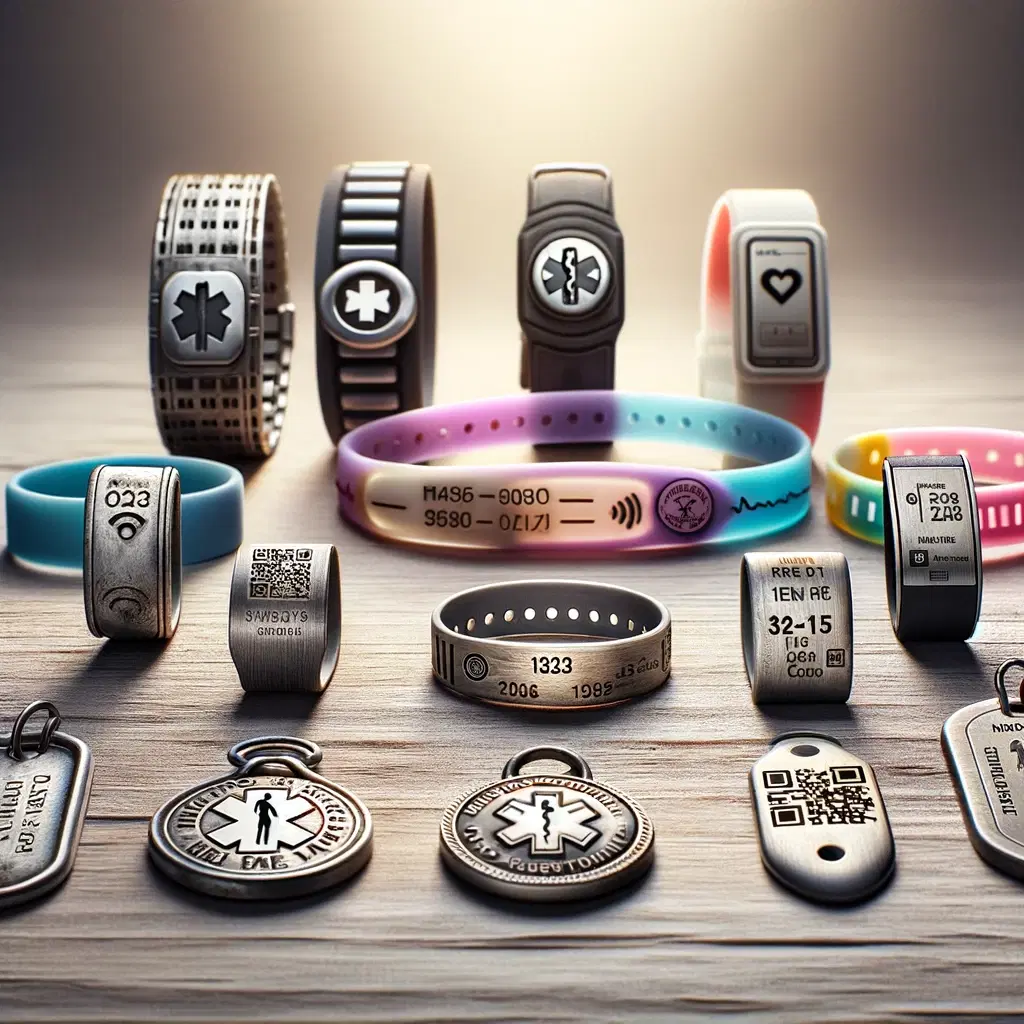Medical ID Tag Evolution for Quick Access

In the realm of emergency preparedness, the significance of Medical IDs—encompassing medical bracelets, wristbands, and tags—cannot be overstated. These vital tools have undergone a remarkable evolution, offering quick access to crucial medical information and significantly impacting first responder procedures. This blog post delves into the history of medical bracelets, the evolution of medical tags, and the critical role they play in emergency situations.
Introduction
Medical ID tags serve as a voice for patients when they cannot speak for themselves during medical emergencies. From their inception to the present day, these identifiers have evolved from simple metal bands to sophisticated digital solutions, ensuring that individuals receive prompt and appropriate care.
The History of Medical Bracelets
The concept of medical identification dates back to the early 1950s when simple bracelets were engraved with a wearer's critical health information. Initially, these were primarily used by individuals with conditions like diabetes, epilepsy, and heart diseases, which could render them unable to communicate effectively during an emergency.
Evolution of Medical Tags
Traditional Metal Tags
The journey began with stainless steel tags and bracelets, which were durable but limited in the amount of information they could convey. These tags typically included basic details such as the wearer's name, medical condition, and an emergency contact number.
Silicone Wristbands and Engraved Bracelets
As technology and materials advanced, medical IDs became more varied and accessible. Silicone wristbands and elegantly engraved bracelets offered a more personalized and comfortable option for everyday wear, allowing for more detailed medical information and QR codes that linked to online profiles.
Digital Evolution: QR Codes and NFC Technology
The digital revolution introduced QR codes and NFC (Near Field Communication) technology into medical IDs, transforming them into gateways to comprehensive digital medical profiles. These modern IDs can store a wealth of information accessible with a quick scan, including medical history, medications, allergies, and contact information for doctors and family members.
The Procedure First Responders Go Through
First responders are trained to look for medical IDs during the initial assessment phase of emergency care. Recognizing a medical ID can drastically alter the course of treatment and decision-making process. Here's a simplified overview of the procedure:
- Identification: Upon arrival, first responders quickly assess for visible medical IDs as part of their primary survey.
- Information Retrieval: If a medical ID is found, they use it to gather essential medical information. For traditional IDs, this involves reading the engraved details. For digital IDs, this means scanning a QR code or using NFC technology to access a digital medical profile.
- Informed Decision Making: Armed with accurate medical information, first responders can make informed decisions about emergency care, avoiding potential complications from unknown allergies, conditions, or medications.
Conclusion
The integration of medical IDs into emergency preparedness strategies offers a promising path toward enhancing safety and responsiveness in critical situations. By providing quick access to medical information, streamlining emergency responses, and ensuring widespread accessibility, QR codes stand as a testament to the power of technology in safeguarding lives.
Whether you're someone with a chronic condition, a caregiver, or just someone interested in personal safety, consider the benefits of modern medical IDs. Explore the options—from traditional bracelets to high-tech digital tags—and choose the one that best suits your needs and lifestyle. Remember, a medical ID can speak for you when you cannot, potentially saving your life in an emergency.